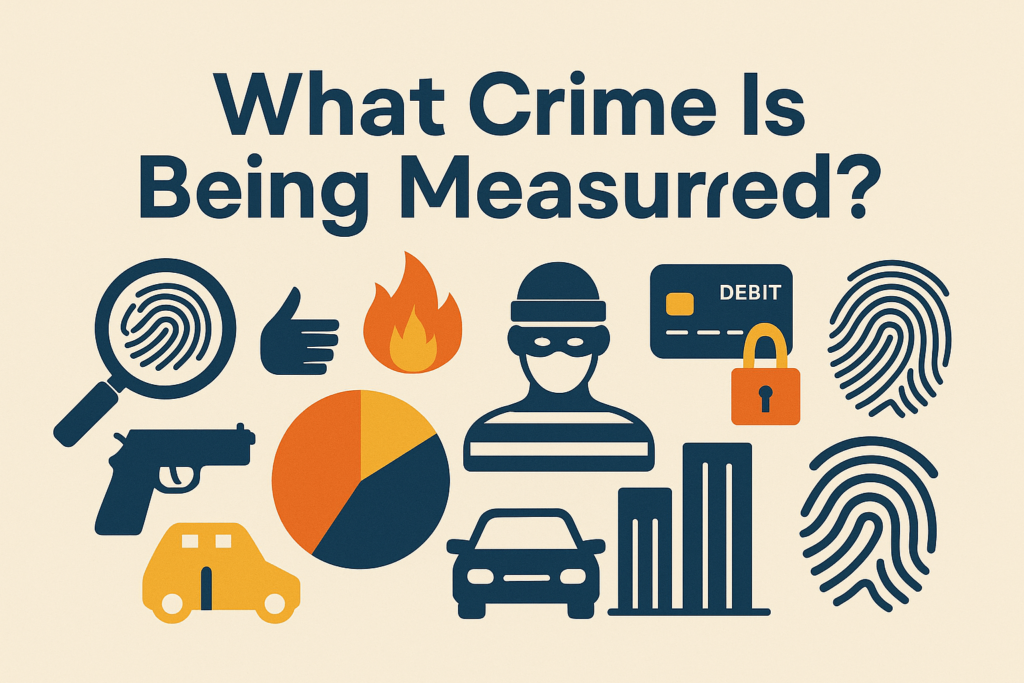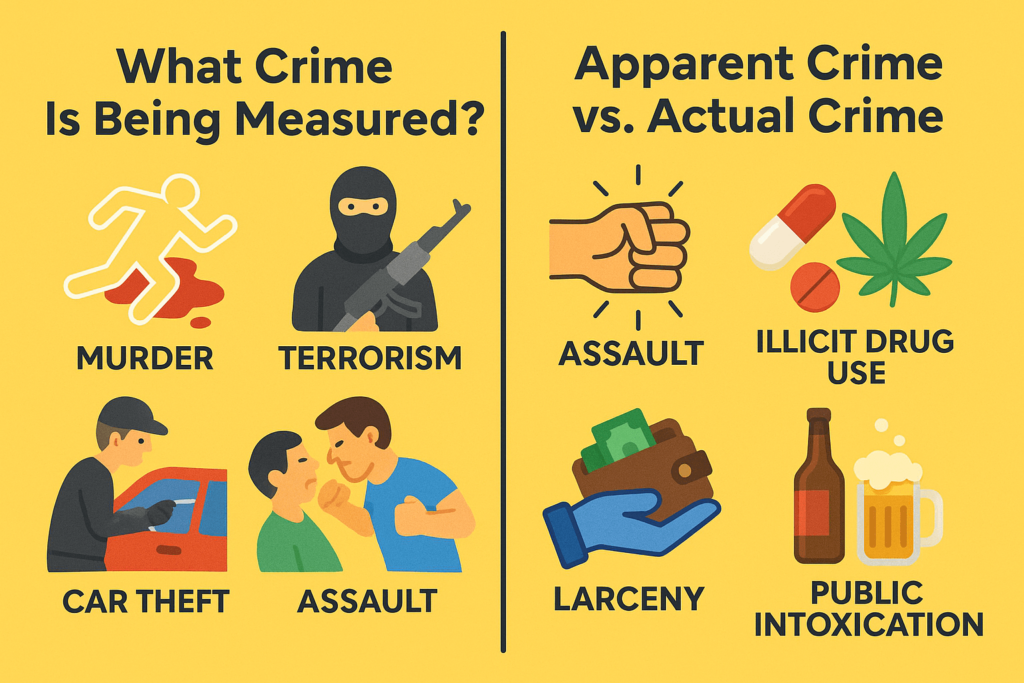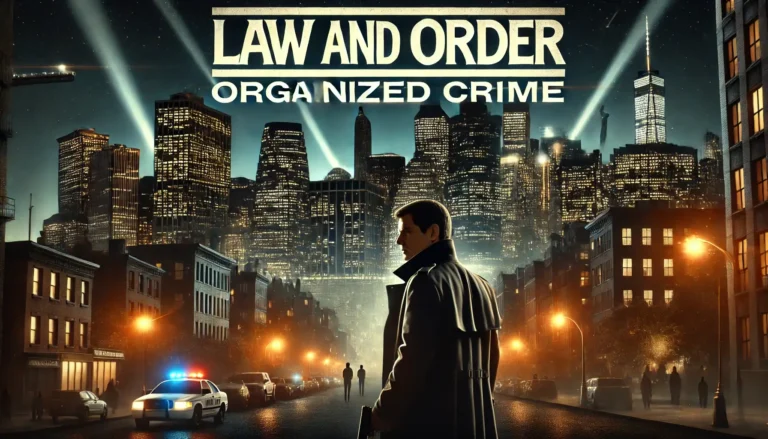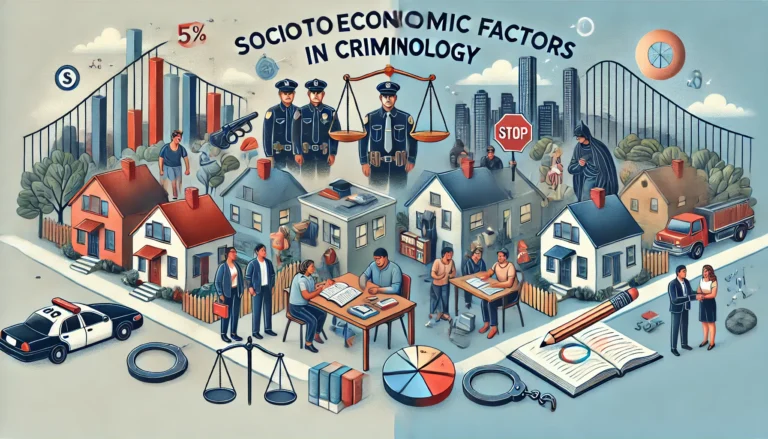The Scientific Value of Criminal Statistics
Criminal statistics form the backbone of scientific research in criminology. These data-driven insights allow researchers, policymakers, and law enforcement agencies to understand, interpret, and respond to patterns of criminal behavior across time and space. At its core, the scientific value of criminal statistics lies in their ability to provide a systematic and objective representation of crime trends, allowing for evidence-based policy decisions, resource allocation, and the development of crime prevention strategies. In a world increasingly driven by data, criminal statistics serve as an indispensable tool for studying human behavior, ensuring public safety, and promoting social justice.
The importance of criminal statistics is rooted in their multidimensional utility. These figures are not just abstract numbers—they tell a story about societal health, economic inequality, law enforcement efficiency, and social cohesion. For example, a sudden spike in violent crime may indicate underlying socio-economic distress, while a drop in property crime might reflect successful community policing programs. Policymakers rely on such data to assess the effectiveness of legal reforms, develop intervention strategies, and allocate funding to high-risk areas. By capturing the who, what, when, where, and how of criminal activity, statistics offer a detailed lens through which crime can be scientifically examined.
Criminal statistics also play a vital role in academic research. Criminologists use these data to test theories of crime causation, evaluate criminal justice systems, and identify disparities in policing, sentencing, and incarceration. These statistical analyses help uncover systemic biases, such as racial profiling or unequal access to legal representation, thereby encouraging reforms that aim to enhance fairness and equity within the justice system. In this way, criminal statistics support both theoretical development and practical reform, bridging the gap between academia and real-world applications.
Moreover, criminal statistics are crucial for international comparisons. Organizations like the United Nations and Interpol compile global crime data to monitor transnational threats such as terrorism, human trafficking, and cybercrime. However, the variation in legal definitions and reporting standards across countries highlights the need for standardized methodologies to ensure data accuracy and comparability. Despite these challenges, international criminal statistics remain a key component of global security and cooperation.
Another important aspect of criminal statistics is their role in public transparency and accountability. Open-access crime databases empower citizens, journalists, and watchdog organizations to scrutinize law enforcement practices, identify areas of concern, and advocate for policy changes. This transparency fosters trust in public institutions and encourages democratic participation in shaping justice systems.
In conclusion, the scientific value of criminal statistics in criminology cannot be overstated. They provide the empirical foundation for understanding crime, guiding interventions, and shaping public policy. Whether used for academic research, government planning, or community engagement, these statistics enable informed decision-making and promote a more just and safe society. As criminological research continues to evolve, the reliance on accurate, ethical, and comprehensive criminal statistics will remain paramount in advancing both knowledge and justice.
Understanding the Purpose of Criminal Statistics
Criminal statistics offer a systematic method for documenting, analyzing, and interpreting crime-related data. This includes not only crimes committed but also arrests, prosecutions, sentencing, and incarceration rates. These datasets provide valuable insights into the functioning of the criminal justice system and highlight disparities and systemic issues that require intervention.
From a scientific perspective, criminal statistics help in:
- Identifying trends over time (e.g., rise or decline in certain crimes)
- Comparing crime rates between regions or demographics
- Evaluating the success of crime prevention strategies
- Forecasting future criminal activity
Without a reliable foundation of data, efforts to combat crime and improve public safety would be speculative at best.

What Crime Is Being Measured?
Legal Definitions and Limitations
One of the most important questions in the study of crime statistics is: what exactly is being measured? Crimes are defined by law, and these definitions vary widely between countries, regions, and cultures. What is considered a crime in one jurisdiction may be legal in another, making cross-national comparisons challenging.
For example, behaviors such as drug use, gambling, or even political dissent may be criminalized in some societies and accepted in others. Thus, the scope of what is counted as a crime is largely dependent on the cultural, legal, and political frameworks within which data is collected.
The Role of Law Enforcement
Most official crime statistics originate from law enforcement agencies. This means that only reported and recorded incidents are included in the data. Crimes that go unreported or are not acted upon by authorities are excluded, which can skew the overall picture. This highlights the need to distinguish between what is officially measured and what actually occurs.
Socio-Political Influences
Political agendas and public opinion also influence what gets measured. For example, an administration focused on drug enforcement may prioritize drug-related arrests, leading to an overrepresentation of these crimes in official statistics. This kind of selective measurement can lead to biased interpretations of crime trends.
Apparent Crime vs. Actual Crime
Apparent (Reported) Crime
Apparent crime refers to the crimes that are recorded by official agencies. These statistics are influenced by various factors:
- Public willingness to report
- Police efficiency
- Legal definitions
- Media attention
While these figures are useful, they often present only a partial view of criminal activity.
Actual (True) Crime
Actual crime includes all criminal acts, whether reported or not. This broader category is often referred to as the “dark figure of crime”—the vast number of unreported and undetected crimes. Tools such as victimization surveys and self-report studies attempt to uncover this hidden layer of criminal activity.
For example, studies have shown that crimes like sexual assault, domestic violence, and white-collar crimes are significantly underreported. Therefore, relying solely on official statistics can lead to underestimation of these offenses.
Bridging the Gap
Criminologists often combine various sources—official data, surveys, academic studies—to get a fuller picture of crime. Understanding the difference between apparent and actual crime is essential for developing effective crime prevention policies and ensuring justice for all.

The Evolution of Criminal Statistics
Historical Background
Criminal statistics have evolved significantly over the centuries. Early efforts in Europe during the 19th century aimed to classify and count crimes to understand societal behavior. The field grew with contributions from scholars like Adolphe Quetelet and André-Michel Guerry, who introduced statistical methods to study crime.
Modern Methodologies
Today, data is collected through a combination of methods:
- Uniform Crime Reports (UCR)
- National Incident-Based Reporting System (NIBRS)
- Victimization surveys
- Self-report studies
- Digital crime tracking systems
Advancements in technology have enabled real-time data collection, predictive analytics, and GIS mapping for crime hotspots.
Categories of Crime in Statistical Analysis
Criminal statistics rely on categorizing offenses to provide clear, actionable insights. These categories help law enforcement, researchers, and policymakers to prioritize resources and understand crime dynamics across different contexts.
Violent Crime
This category includes homicide, rape, assault, and robbery. Violent crimes often receive the most media attention and public concern due to their direct impact on victims’ safety and well-being. Statistical analysis of violent crime helps identify dangerous areas, track gang activity, and inform emergency response protocols. These figures also influence legislative changes related to gun control, sentencing laws, and victim protection programs.
Furthermore, understanding the demographics and socioeconomic backgrounds of offenders and victims in violent crimes allows researchers to develop targeted intervention strategies. For example, youth-focused outreach and education programs have been shown to reduce rates of violent crime in urban areas.
Property Crime
Property crimes include burglary, larceny-theft, motor vehicle theft, and arson. Though less personally harmful than violent crime, property crimes create significant economic burdens on individuals and communities. These crimes are more frequent and easier to quantify, making them essential in trend analysis and policy planning.
Property crime statistics also reflect neighborhood stability. Higher rates often correlate with poverty, unemployment, and housing insecurity. These insights allow governments to invest in crime prevention through social services, improved lighting, neighborhood watch programs, and community development.
White-Collar Crime
White-collar crime comprises non-violent offenses committed for financial gain. Examples include fraud, embezzlement, insider trading, and various forms of cyber fraud. Despite their massive economic toll, white-collar crimes are often underreported and under-investigated due to the complexity of cases and the social status of perpetrators.
Criminal statistics related to white-collar crime are crucial for regulatory agencies, financial institutions, and lawmakers. Enhanced data collection methods, including auditing systems and whistleblower protections, are essential to accurately measure and combat these crimes.
Cybercrime
Cybercrime is a rapidly growing field of criminal activity, encompassing identity theft, hacking, ransomware, online scams, and unauthorized access to digital networks. As technology evolves, so too does the sophistication of cybercriminals.
The collection and analysis of cybercrime statistics pose unique challenges. Offenses often go unreported, span multiple jurisdictions, and require specialized knowledge to investigate. Governments and private institutions increasingly rely on collaboration and technological tools—such as machine learning algorithms and blockchain analysis—to detect and prevent cybercrime.
The Role of Criminal Statistics in Policy and Practice
Criminal statistics serve as a critical tool in shaping policies, operational strategies, and reform initiatives across the justice system.
Resource Allocation
Effective crime data enables smarter deployment of law enforcement and judicial resources. By analyzing crime hotspots, governments can determine where to allocate police units, establish specialized task forces, or build rehabilitation centers. Statistical modeling also helps predict where crimes are likely to occur, allowing for preventive rather than reactive responses.
Crime Prevention
Modern crime prevention strategies increasingly depend on data analytics. Hot-spot policing focuses efforts on high-crime areas, while predictive policing uses past data to forecast future offenses. These techniques improve the efficiency and responsiveness of law enforcement agencies.
Beyond law enforcement, data-driven crime prevention also supports community-based solutions. Local organizations use crime statistics to design youth mentorship, education initiatives, and employment programs that address the root causes of criminal behavior.
Criminal Justice Reform
Criminal statistics reveal systemic disparities within the justice system, especially regarding race, class, and gender. Data on arrest rates, sentencing outcomes, and incarceration trends help identify areas for reform.
For instance, if a demographic group is consistently overrepresented in arrest records or prison populations, it may signal discriminatory practices that warrant investigation. Reforms in sentencing guidelines, bail practices, and police conduct often stem from statistical findings that spotlight inequality and inefficiency.

Ethical and Methodological Challenges
As with all data collection, the use of criminal statistics must be tempered with caution and awareness of limitations.
Data Accuracy
Inaccurate or incomplete data can distort the true picture of crime. Misclassification, underreporting, or failure to update records affects analysis and policy outcomes. Standardized reporting procedures and regular audits are essential for improving data reliability.
Bias and Discrimination
Criminal statistics may reflect existing biases within law enforcement and judicial systems. Over-policing of certain neighborhoods or underreporting in affluent areas can skew data and perpetuate injustice. Analysts must account for such biases to avoid reinforcing stereotypes or legitimizing flawed policies.
Privacy Concerns
The increased use of surveillance technology, big data, and social media monitoring in crime analysis raises significant privacy issues. Protecting individual rights while gathering useful data is a delicate balance. Transparent protocols and ethical guidelines are essential to prevent abuse.
Cultural and Global Dimensions
Crime is a global phenomenon with local manifestations. Understanding its cultural and international aspects helps contextualize statistical findings.
Cross-Cultural Comparisons
Comparing crime statistics across countries is difficult due to variations in legal definitions, cultural norms, and reporting mechanisms. A behavior considered a crime in one country may be legal or tolerated in another. Thus, international comparisons require standardization and cultural sensitivity.
Global Crime Trends
International crime data reveal important transnational issues such as human trafficking, drug smuggling, organized crime, and terrorism. Organizations like the United Nations Office on Drugs and Crime (UNODC) and Interpol aggregate and analyze such data to guide global policy and foster international cooperation.
Recommendations for Improving Criminal Statistics
Improving the quality and utility of crime data is an ongoing goal in criminological research and public administration.
Standardization
Global collaboration on common definitions, categories, and reporting formats will enhance data comparability and reliability. Uniform protocols reduce discrepancies and support international research.
Transparency
Public access to crime statistics increases accountability and civic engagement. Open data initiatives empower communities to assess the effectiveness of public safety measures and demand improvements.
Inclusion of Non-Reported Crime
Relying solely on official crime reports overlooks unreported or hidden crimes. Integrating data from victimization surveys, self-report studies, and independent watchdog groups provides a fuller picture. This approach is especially vital in assessing crimes such as domestic violence, sexual assault, and white-collar offenses that often go unrecorded.
Conclusion
Criminal statistics are more than just numbers—they are a mirror reflecting the legal, social, and ethical dimensions of crime in society. They guide public policy, shape social perceptions, and influence academic research. However, for these statistics to be scientifically valuable, they must be collected, interpreted, and used responsibly.
Understanding what crimes are being measured and distinguishing between apparent and actual crime are essential steps toward creating a fairer, safer, and more informed society. As criminology continues to evolve, the role of accurate, ethical, and comprehensive criminal statistics will only become more vital.







